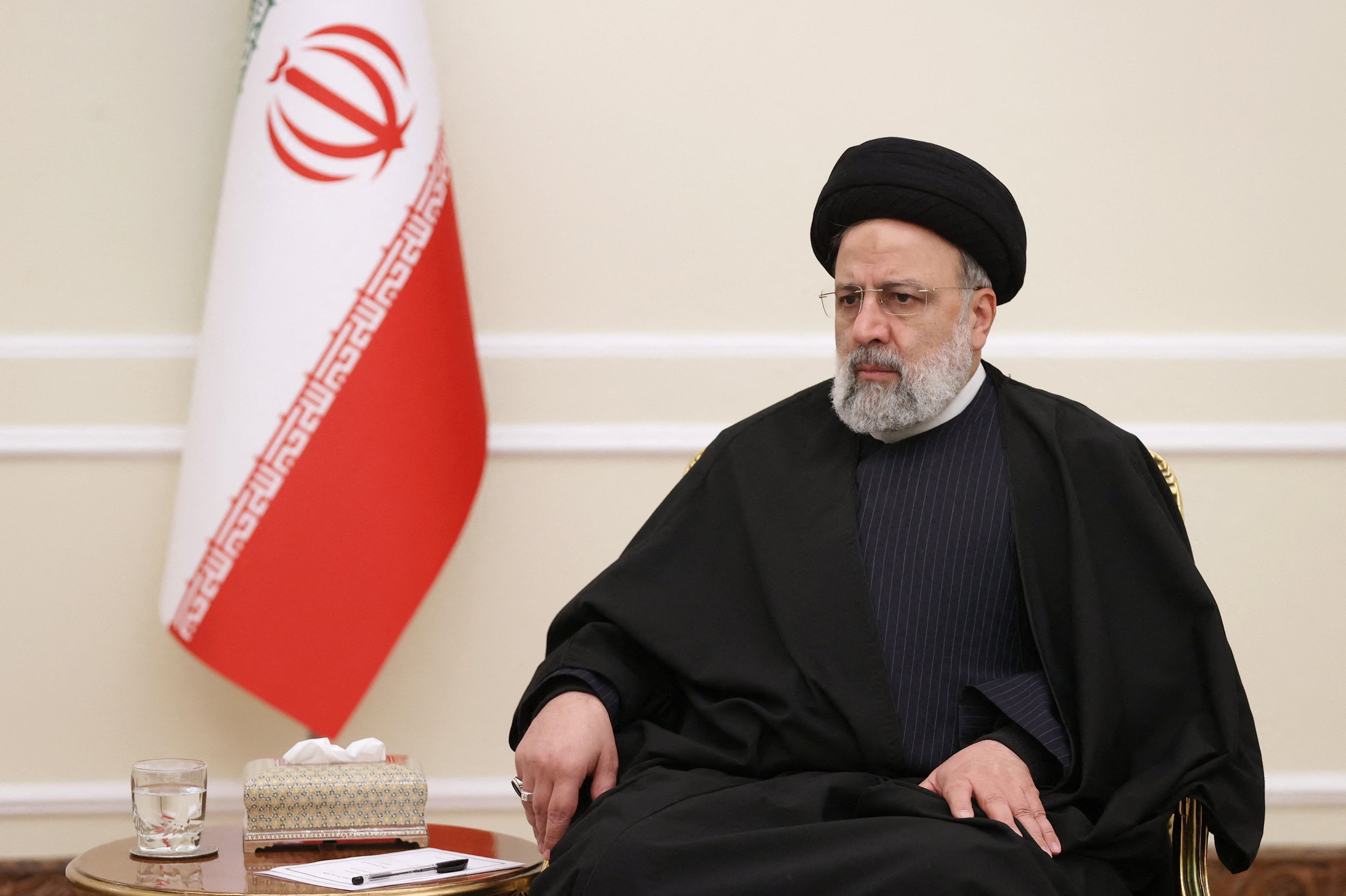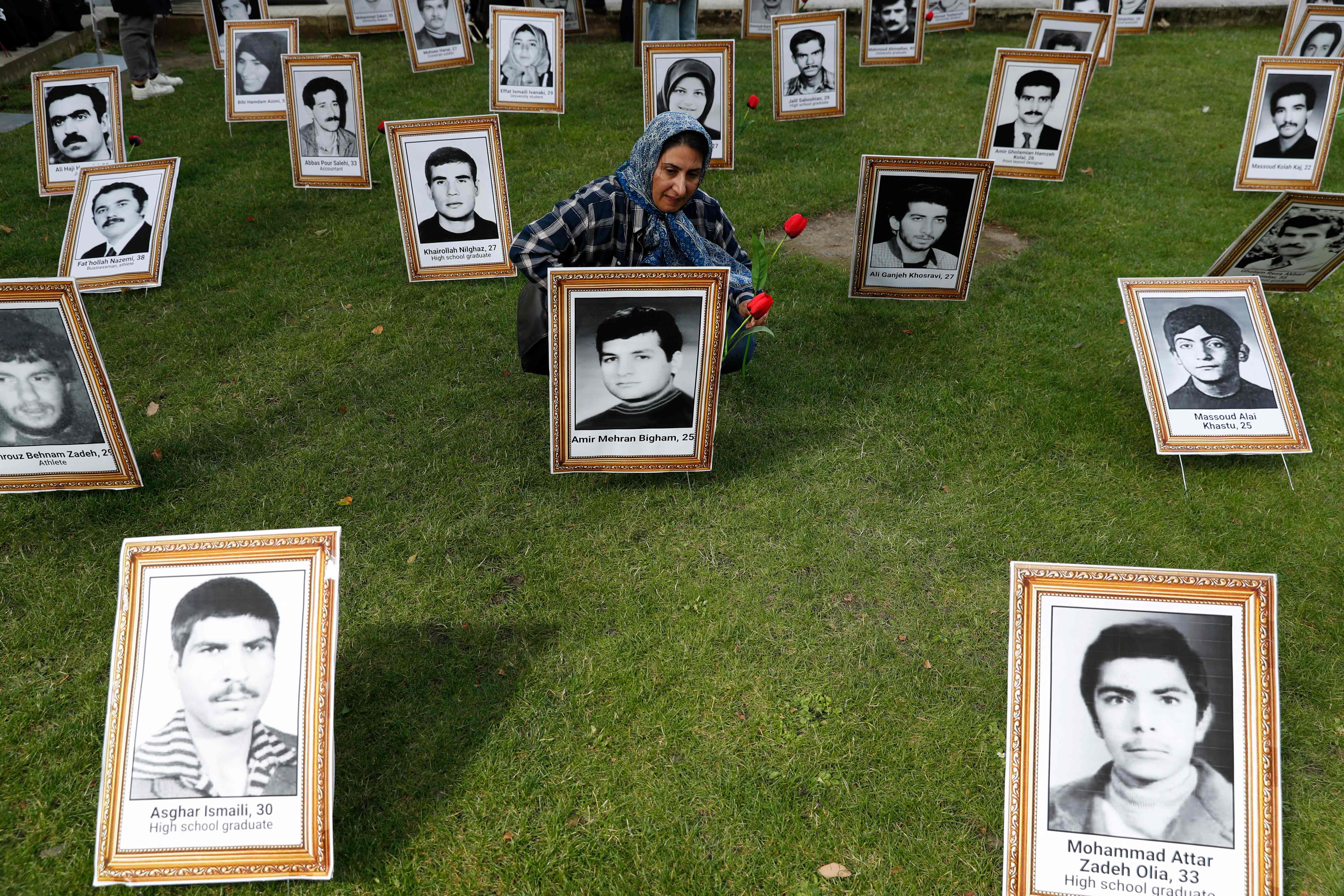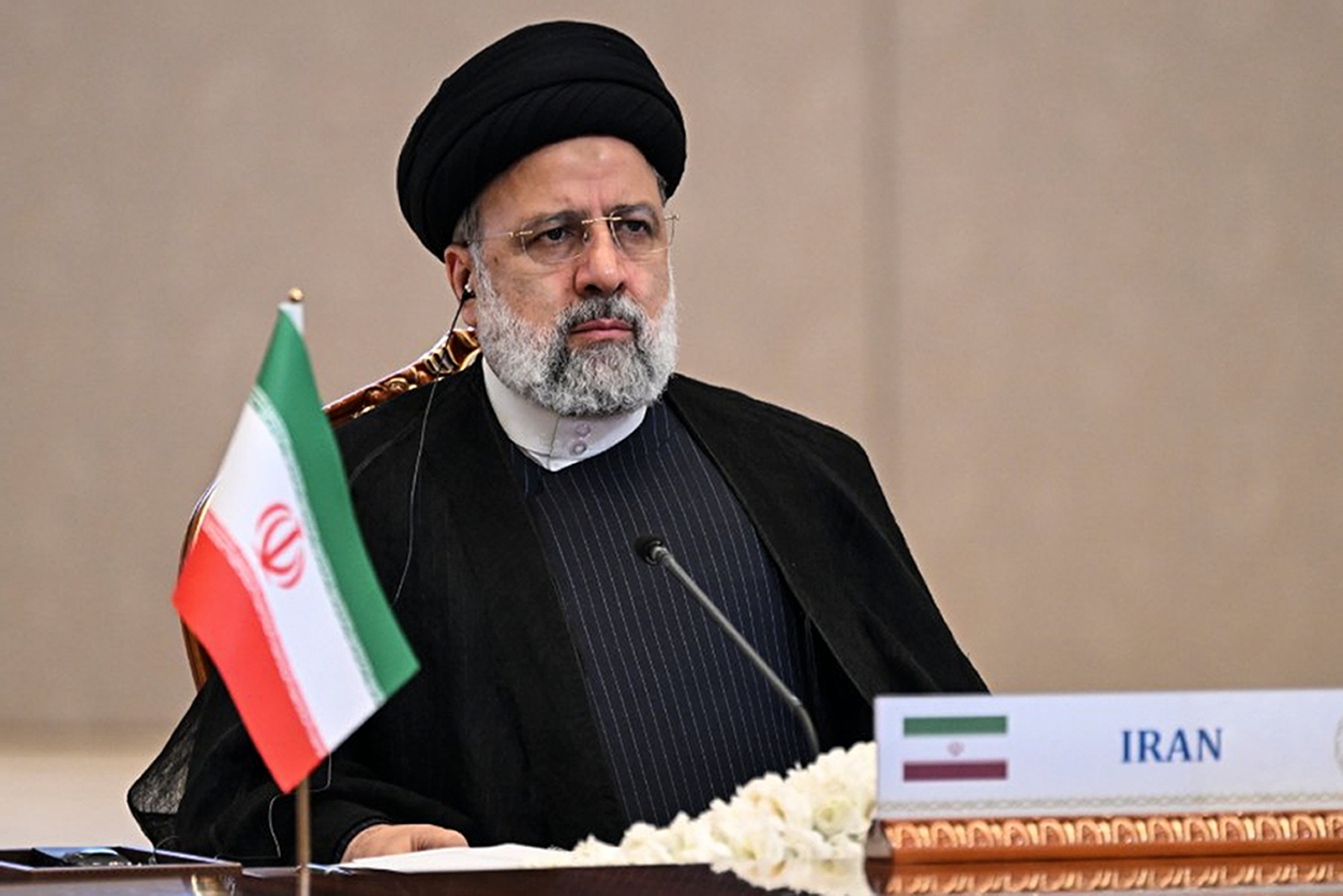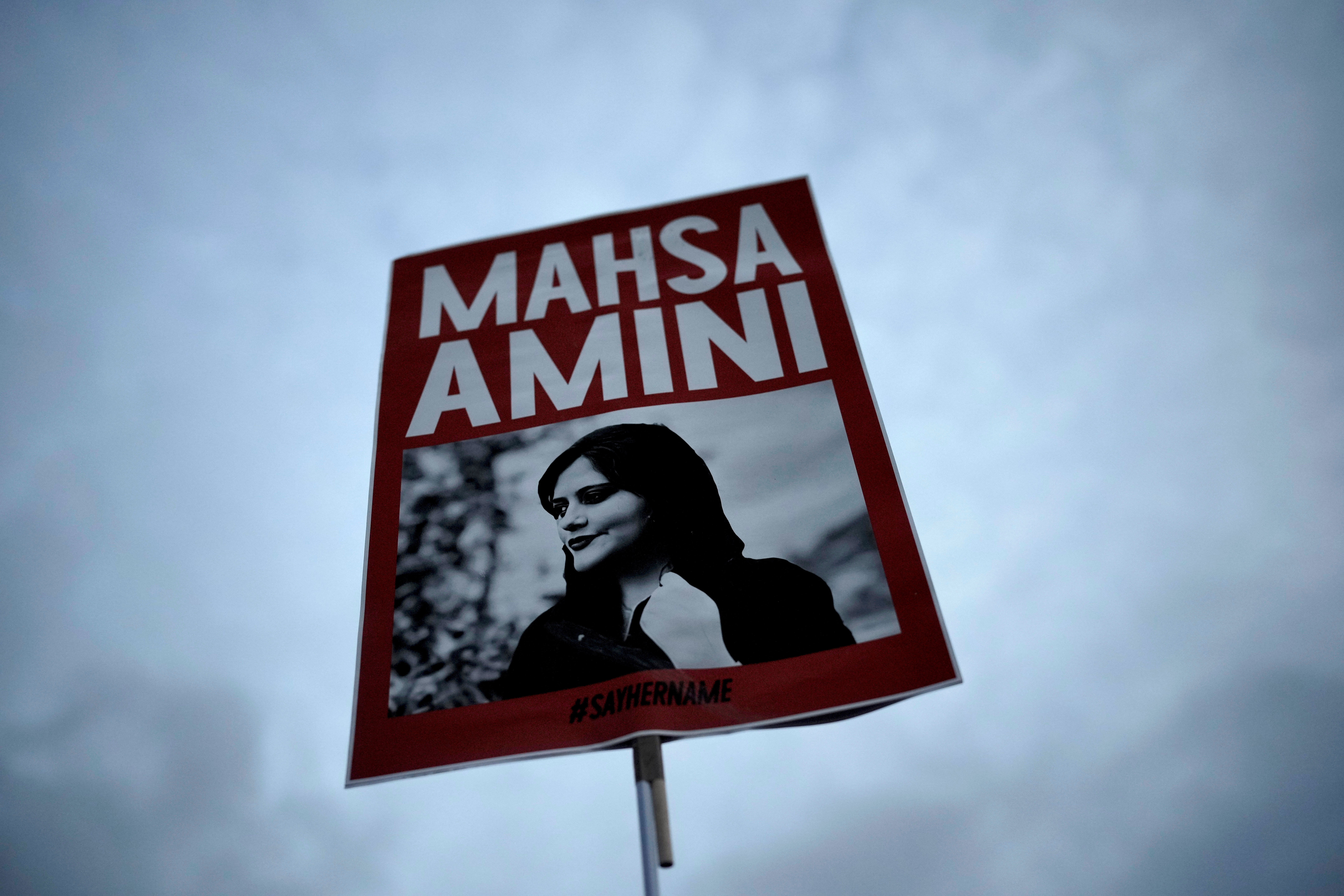Ebrahim Raisi: Who was the Iranian president killed in fiery helicopter crash?
An event taking place to mark the death of Raisi in London ended in a clash between pro-Iran supporters and anti-Iranian government protesters
Your support helps us to tell the story
This election is still a dead heat, according to most polls. In a fight with such wafer-thin margins, we need reporters on the ground talking to the people Trump and Harris are courting. Your support allows us to keep sending journalists to the story.
The Independent is trusted by 27 million Americans from across the entire political spectrum every month. Unlike many other quality news outlets, we choose not to lock you out of our reporting and analysis with paywalls. But quality journalism must still be paid for.
Help us keep bring these critical stories to light. Your support makes all the difference.
Iranian president Ebrahim Raisi, 63, died alongside Iran’s foreign minister Hossein Amirabdollahian and two senior local officials on board the helicopter on 19 May.
Raisi was confirmed dead after hours of frantic searching through a foggy mountainous region.
Iran’s interior minister Ahmed Vahidi confirmed earlier to state TV that one of the helicopters in a convoy carrying President Raisi, 63, suffered a “hard landing” – adding that rescue teams struggled to reach the site due to ongoing difficult weather conditions.
The confirmation of Mr Raisi’s death came through state TV and a government-run news agency early on Monday morning. On Sunday night, Iranians had been urged to collectively pray for their president, while state TV aired prayers for his safety as well as showing worshipers praying for his health in the holy city of Mashhad.
An event taking place to mark the death of Raisi in London on Friday ended in a clash between pro-Iran supporters and anti-Iranian government protesters
With tributes and reactions pouring in from other countries around the world, here’s what we know about Mr Raisi and his time in office.
Rise to power
Born to a conservative family in eastern Iran, Raisi studied theology at the seminaries in Qom.
He was a teenager when the country’s popular revolution established Iran as a theocracy, but he quickly became an enthusiastic participant in enforcing the vision of Ayatollah Ruhollah Khomeini, the founder of the Islamic Republic.

At 21 years old, Raisi began serving as a prosecutor, pursuing politically charged cases in the cities of Karaj and Hamadan. He gained a reputation as one of the regime’s most severe figures – a young, brash ideologue, willing to get his hands dirty.
Within a few years, Raisi was appointed as a judge, a rapid rise that was stunning to Iranians and led to years of questions about his professional credentials.
Raisi also faces sanctions from the US and other nations over his involvement in the mass execution of prisoners in 1988.

Raisi was defiant when asked at a news conference after his election about the 1988 executions, which saw sham retrials of political prisoners, militants and others that would become known as “death commissions” at the end of the bloody Iran-Iraq war.
Raisi served on the commissions where international rights groups estimate that as many as 5,000 people were executed.
He ran unsuccessfully for president in 2017 against Hassan Rouhani, the relatively moderate cleric who as president reached Tehran’s 2015 nuclear deal with world powers.
In 2021, Raisi ran again in an election that saw all of his potentially prominent opponents barred from running under Iran’s vetting system. He swept nearly 62 per cent of the 28.9 million votes, the lowest turnout by percentage in the Islamic Republic’s history. Millions stayed home and others voided ballots.

Time in office
Since taking office 2021, Raisi has ordered a tightening of morality laws, overseen a bloody crackdown on anti-government protests and pushed hard in nuclear talks with world powers.
He has supported the country’s security services as they cracked down on all dissent, including in the aftermath of the 2022 death of Mahsa Amini and the nationwide protests that followed.
Mahsa Amini was an Iranian woman who was arrested in Tehran for opposing mandatory hijab rules. The 22-year-old later died in police custody in 2022.

In March, a United Nations investigative panel found that Iran was responsible for the “physical violence” that led to Amini’s death.
Her death sparked mass prorests and a monthslong security crackdown killed more than 500 people and saw over 22,000 detained.
In Iran’s dual political system, split between the clerical establishment and the government, it is the supreme leader rather than the president who has the final say on all major policies.
But many see Raisi as a strong contender to succeed his 85-year-old mentor, Supreme Leader Ayatollah Ali Khamenei, who has strongly endorsed Raisi’s main policies.
What’s next for Iran?
Under Iranian laws, if a serving president dies, the first vice president takes office, with the confirmation of the supreme leader, who has the final say in all matters of state in Iran. The current vice president Mohammad Mokhber is expected to be promoted as the interim president of Iran.
It will be followed by an election for a new president within a maximum period of 50 days. The elections will now take place a year prior to when they were scheduled in 2025 when Raisi’s term would have ended.
Who is the new interim president?
Mr Mokhber, 69, is seen as a close aide to the supreme leader and became vice president in 2021 when Raisi was elected as president.
He was part of a team of Iranian officials delegation who visited Moscow in October and agreed to supply surface-to-surface missiles and more drones to Russia’s military, sources told Reuters at the time.
The team also included two senior officials from Iran’s Revolutionary Guards and an official from the Supreme National Security Council.
In 2010, he was among the individuals and entities who were sanctioned by the European Union for alleged involvement in “nuclear or ballistic missile activities”. Two years later their names were removed from the list.
Subscribe to Independent Premium to bookmark this article
Want to bookmark your favourite articles and stories to read or reference later? Start your Independent Premium subscription today.




Join our commenting forum
Join thought-provoking conversations, follow other Independent readers and see their replies
Comments